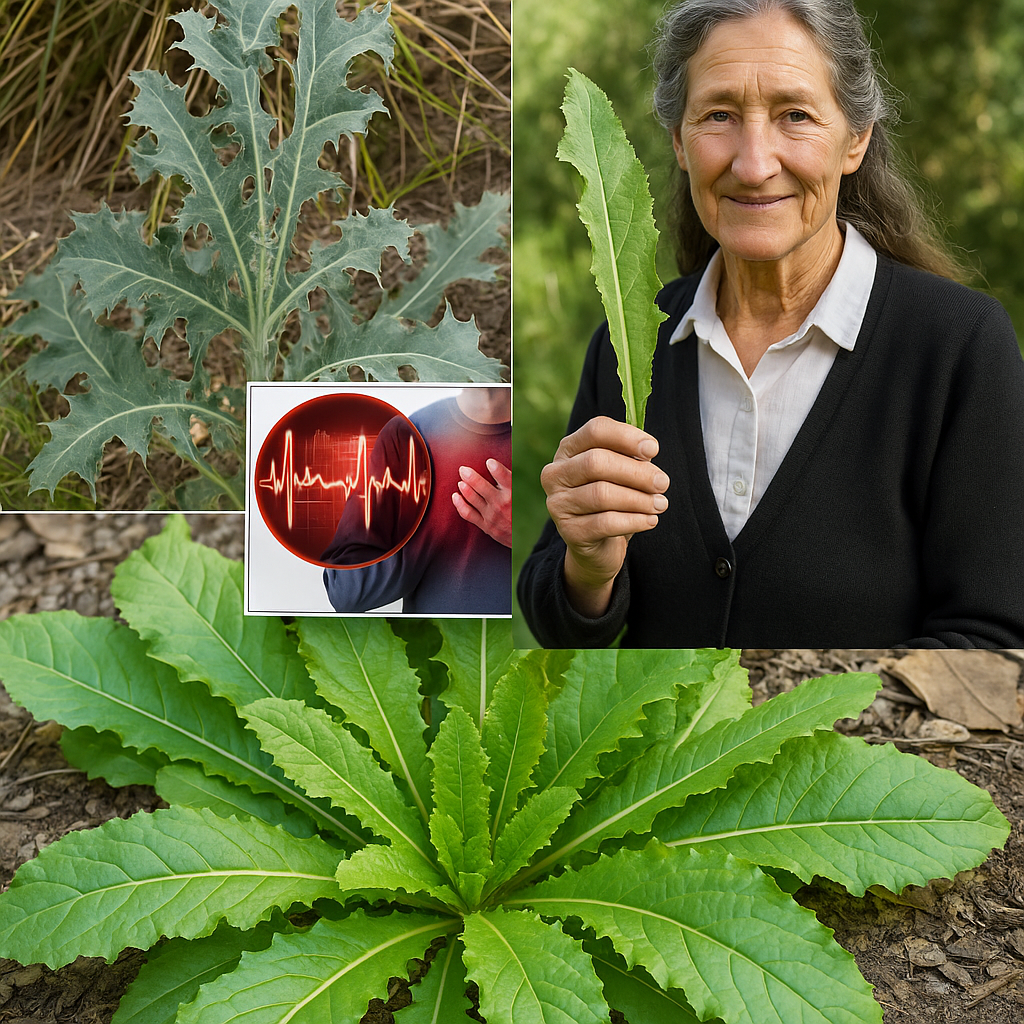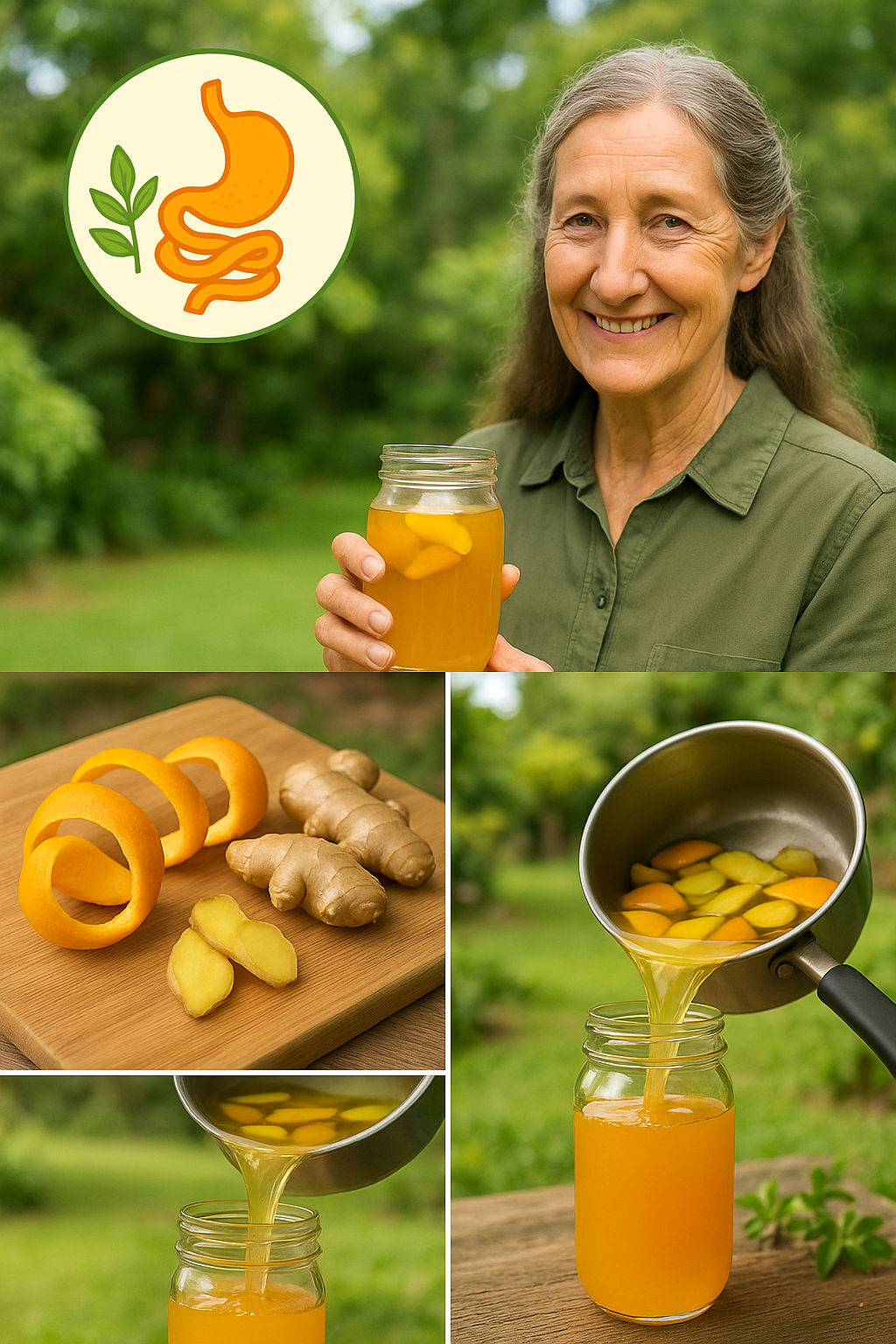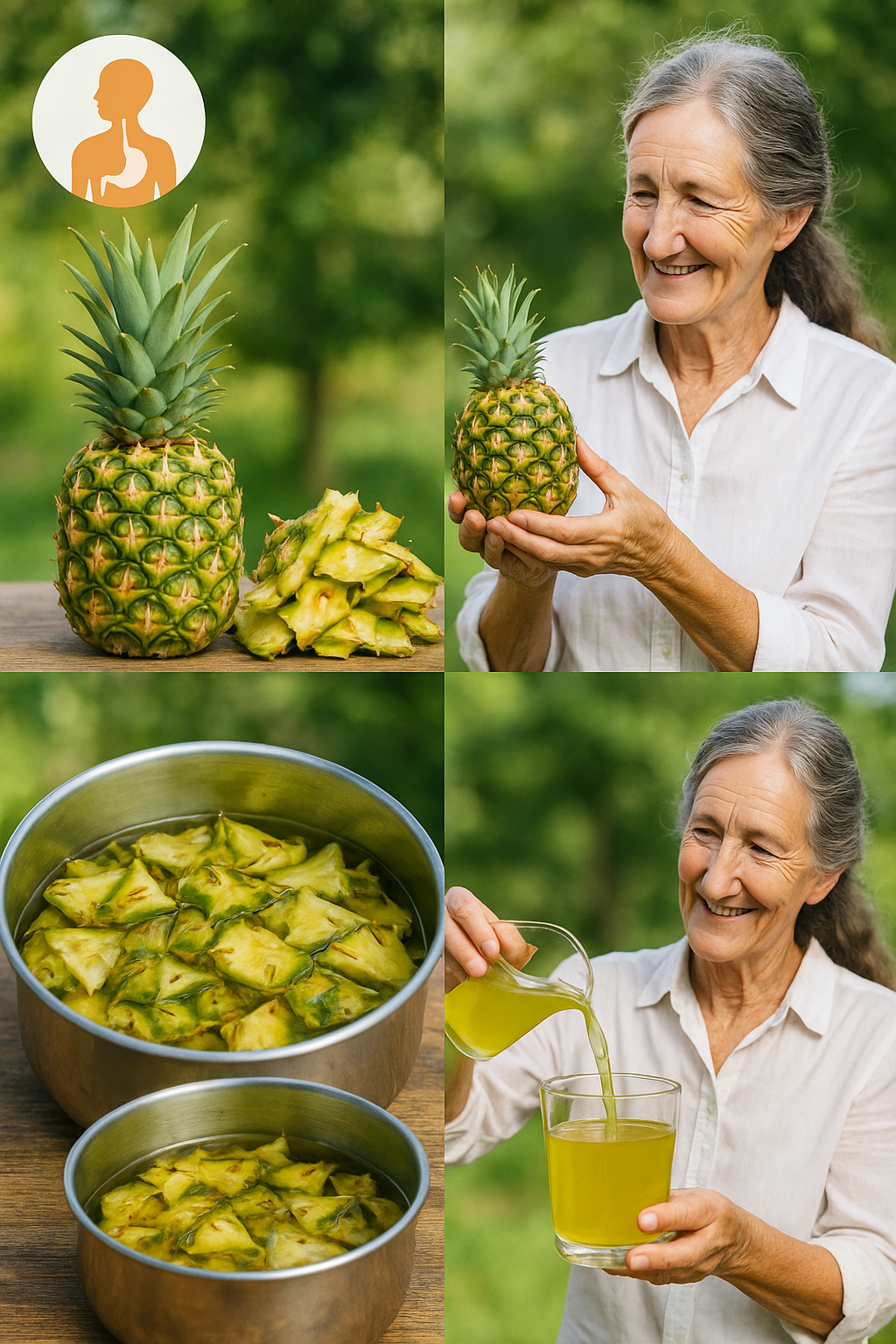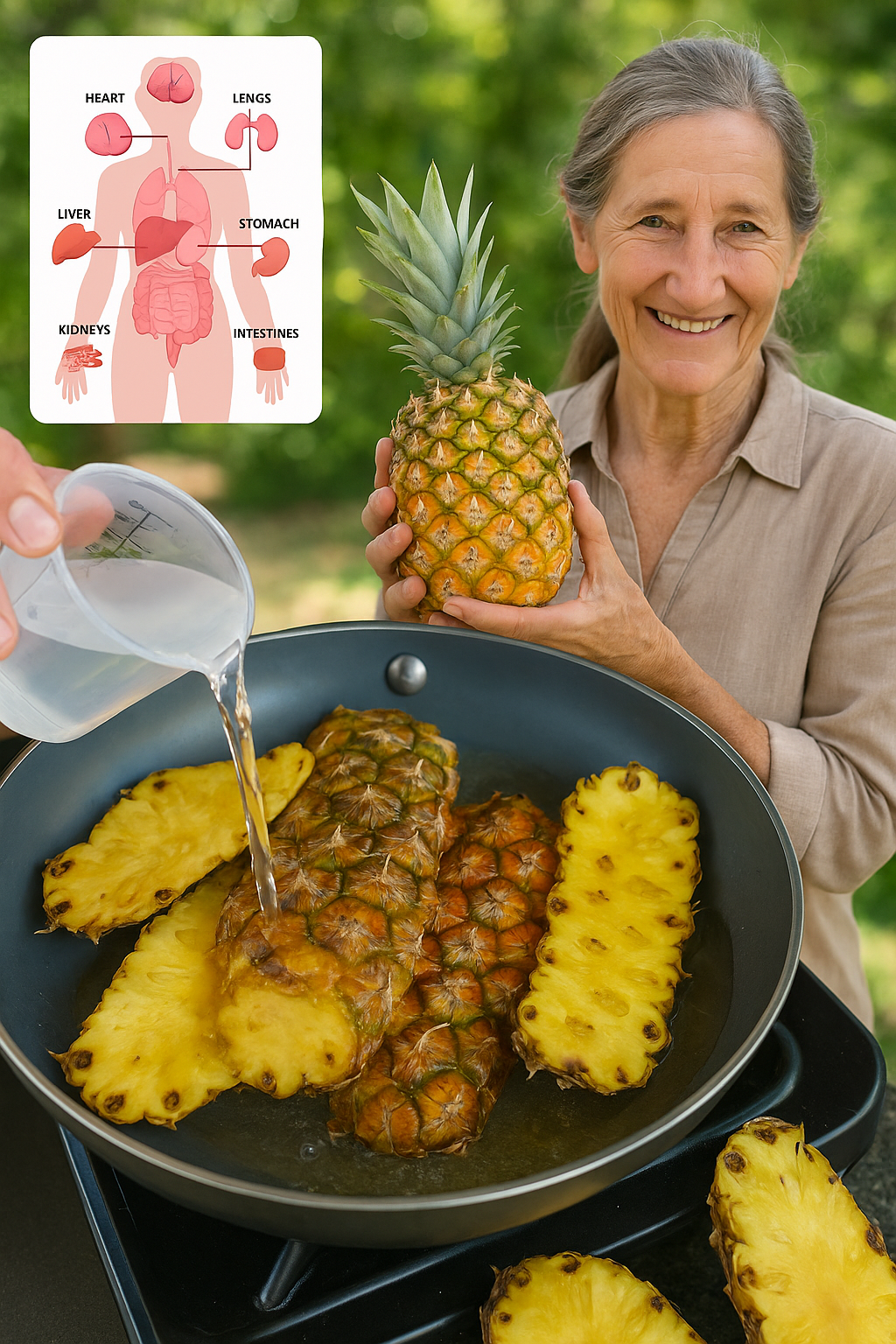🌿 It grows unnoticed along roadsides and garden edges, often mistaken for a weed—but prickly lettuce, also known as Lactuca serriola, holds a hidden world of medicinal potential and natural nutrition. Revered by ancient civilizations and quietly embraced by modern herbalists, this spiky plant might just be the wellness ally you never knew you needed.
From sedative extracts to antioxidant-rich salads, this is your deep dive into everything prickly lettuce has to offer—its history, benefits, harvesting techniques, and even how to craft your own powerful herbal tincture.

🌼 What Is Prickly Lettuce?
Also known as wild lettuce, bitter lettuce, or compass plant, Lactuca serriola is a tall, blue-green plant characterized by:
- Jagged, prickly leaves with a milky sap
- A sturdy, upright stem that exudes latex when cut
- Small, yellow, dandelion-like flowers
Native to Europe and parts of Asia, it’s now naturalized around the world. Historically, both Egyptians and Greeks used it for its pain-relieving and calming properties.
🌿 Medicinal Benefits of Prickly Lettuce
This plant’s reputation as “lettuce opium” is rooted in its active compounds:
🌙 1. Natural Sedative and Pain Reliever
The white sap (lactucarium) contains lactucin and lactucopicrin, two bitter compounds known to have mild sedative, analgesic, and antispasmodic effects.
👉 Used in tinctures or teas to relieve:
- Insomnia
- Anxiety
- Mild pain
- Muscle tension
💪 2. Anti-Inflammatory and Antioxidant Support
Studies suggest wild lettuce possesses antioxidant compounds that combat free radicals, reducing systemic inflammation and oxidative stress.
🩺 3. Respiratory Soother
Traditionally used as a folk remedy for asthma and bronchitis, prickly lettuce may help ease respiratory tension when used in teas or steam infusions.
💧 4. Digestive Aid and Diuretic
Its bitter properties stimulate digestion, and it has mild diuretic effects that promote urinary cleansing.
🥗 Nutritional Snapshot
While not typically eaten in large amounts due to bitterness, younger prickly lettuce leaves are:
- Rich in vitamin A, vitamin K, and iron
- A source of plant fiber and trace minerals
- Low-calorie and cleansing for the gut
🧺 Harvesting and Preparing Prickly Lettuce
✂️ When to Harvest
- Young plants (before they flower) are best for culinary use.
- Mature plants are best for medicinal extract production due to higher sap concentration.
🍃 Leaf Collection
- Strip the leaves by sliding your hand against the direction of growth.
- Avoid harvesting during bloom when leaves become too bitter.
- Use gloves if needed—those tiny thorns can scratch!
🍷 How to Make a Wild Lettuce Extract (Tincture)
🧪 Option 1: Fresh Plant Tincture
You’ll need:
- Freshly harvested prickly lettuce leaves
- High-proof alcohol (e.g., 190 proof grain alcohol)
- A glass jar
Instructions:
- Chop or blend the fresh leaves into small bits.
- Fill a jar halfway with plant matter.
- Cover completely with alcohol.
- Seal and store in a dark place for 1–2 weeks. Shake daily.
- Strain and bottle the extract.
This alcohol-first extraction ensures maximum release of bitter compounds like lactucopicrin, responsible for the sedative effects.
🍂 Option 2: Dried Leaf Extract
Steps:
- Dry the leaves in a dehydrator (not in full sun).
- Crush into powder.
- Add to a jar with 4–5x volume of high-proof alcohol.
- Let steep 3–7 days, then strain.
- Optionally, heat gently (below 180°F) to speed extraction.
This version is potent, shelf-stable, and ideal for storage.
💧 Final Concentration (Optional)
To concentrate:
- Simmer the strained extract uncovered until reduced to 1/8th volume.
- Result: A thick, tar-like resin that can be stored long-term.
- Mix with alcohol again for easy dosing.
🕯️ Dosage and Use
- Sedative effect: Start with 2–3 dropperfuls in water before bed.
- Effects may vary by individual and batch potency.
- Always begin with low doses, and adjust as needed.
🥗 Culinary Use: Yes, You Can Eat It!
- Use young leaves raw in salads (add lemon juice to mellow bitterness).
- Lightly sauté or steam like spinach.
- Stir-fry stems while still tender.
Combine with sweeter greens or herbs to balance flavor.

⚠️ Caution and Safety Tips
- Ensure accurate identification—some lookalikes are toxic.
- Avoid during pregnancy or breastfeeding.
- High doses can cause drowsiness or nausea.
- Consult a healthcare provider before medicinal use, especially if on medications.
🧠 Final Thought: Prickly but Powerful
Prickly lettuce is a shining example of how nature disguises healing in plain sight. Beneath its spines and bitter sap lies a history of healing that stretches back centuries.
Whether you’re crafting a tincture to ease sleepless nights or adding young leaves to your next wild salad, Lactuca serriola offers both ancient tradition and modern promise.
Start small. Be respectful. And let this wild herb quietly work its magic. 🌿💤


